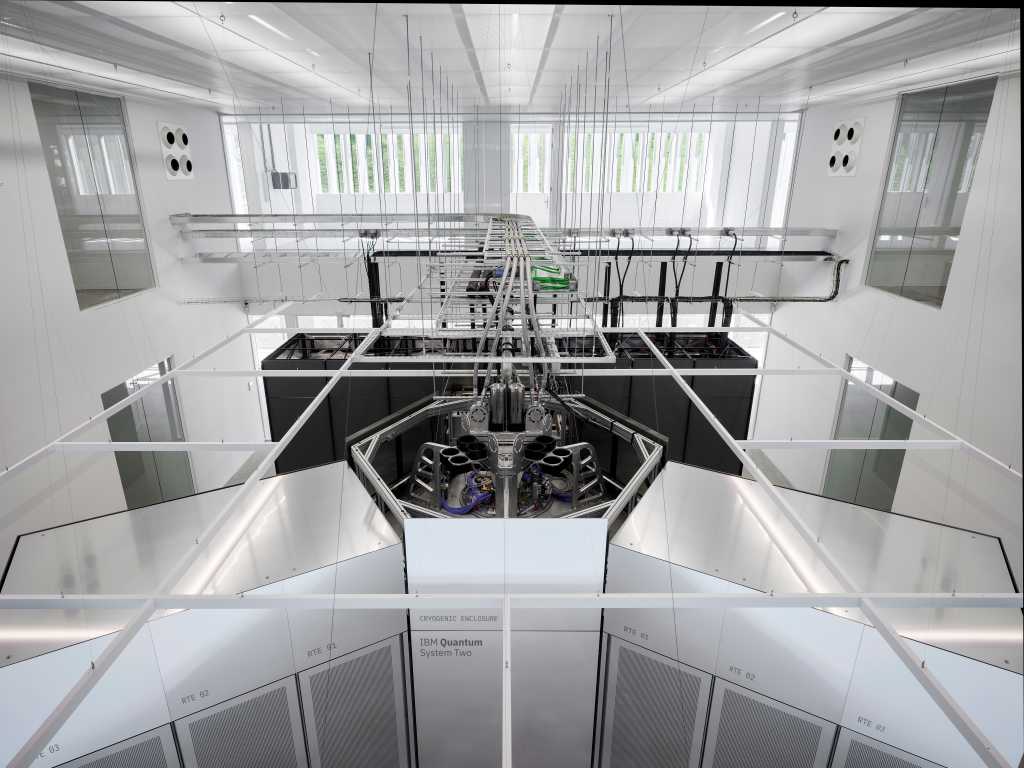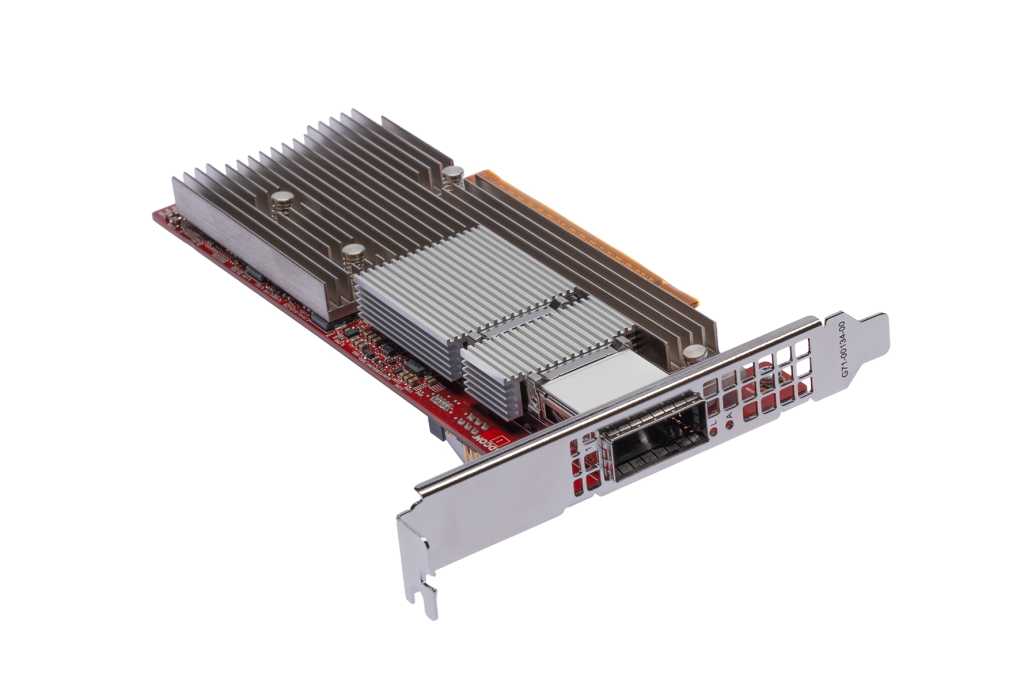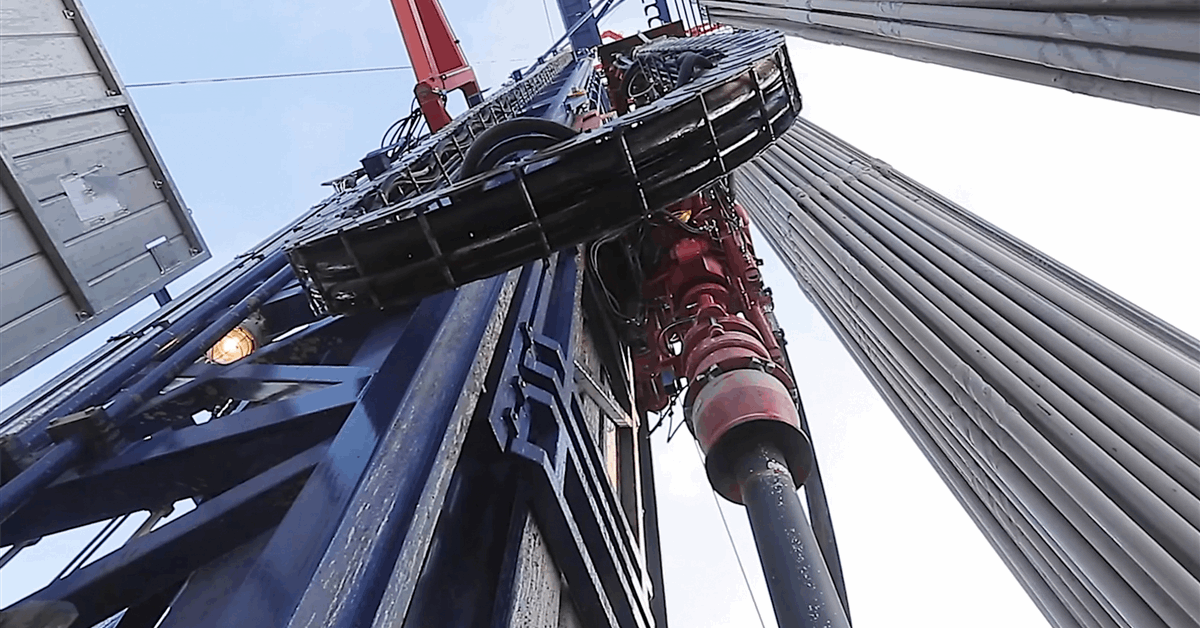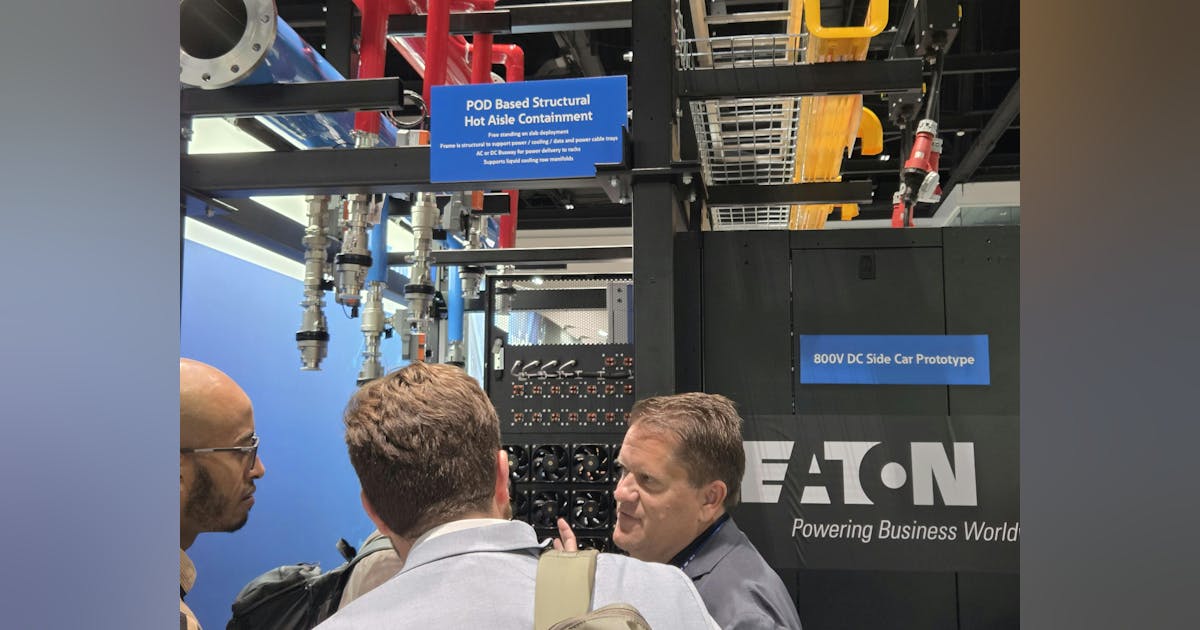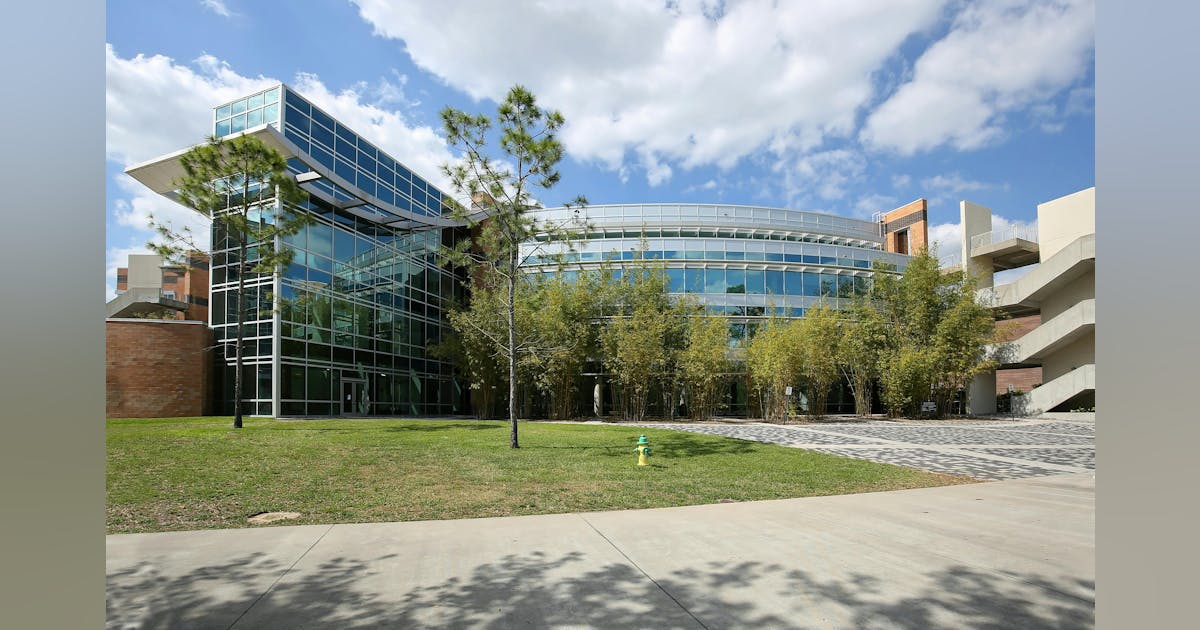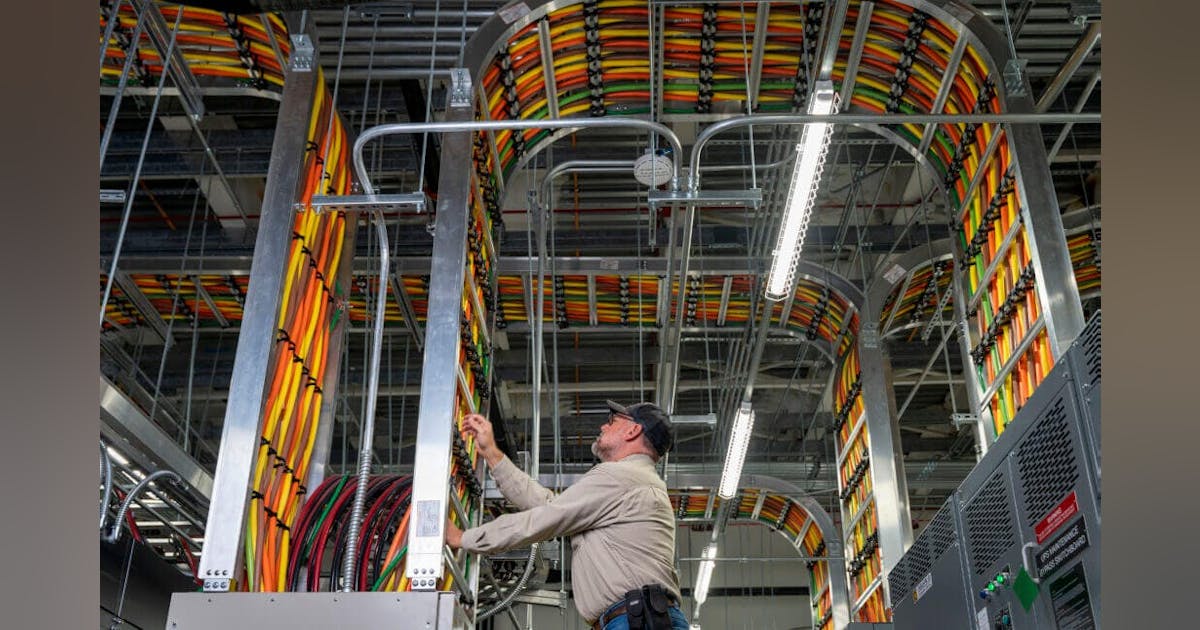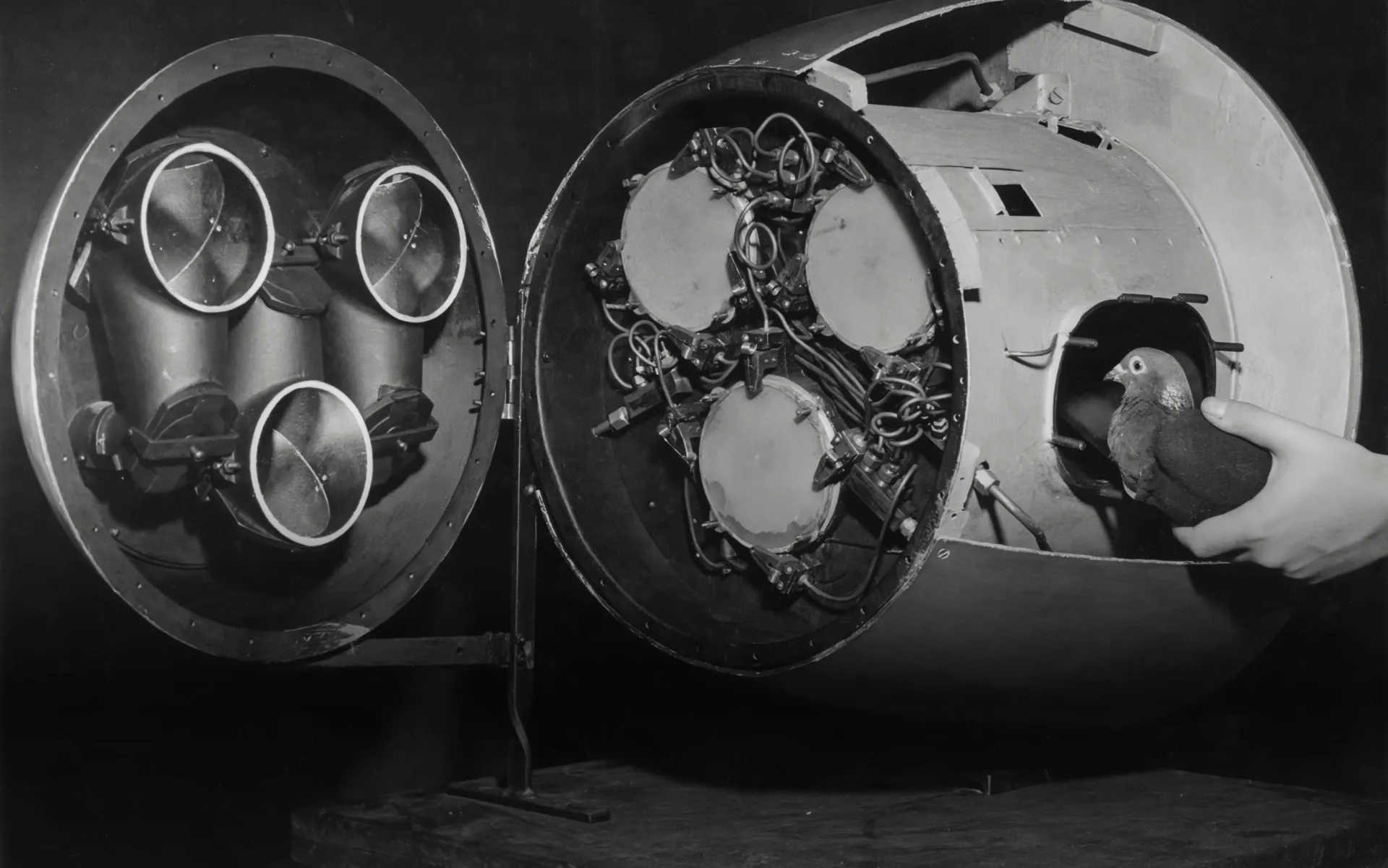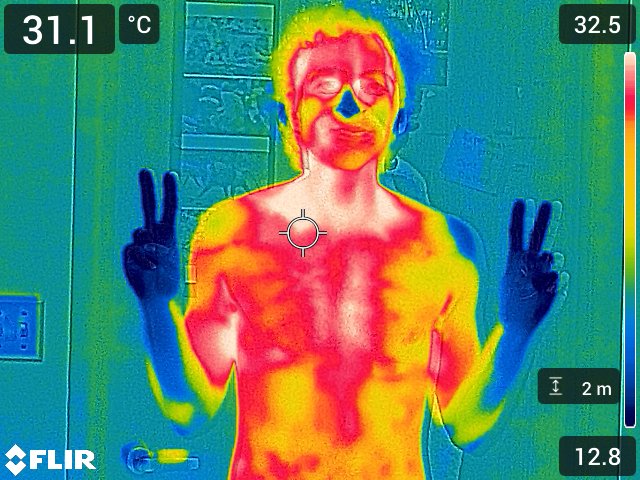
“OCI Zettascale10 was designed with the goal of integrating large-scale generative AI use cases, including training and running large language models,” said Info-Tech’s Palanichamy.
Oracle also introduced new capabilities in Oracle Acceleron, its OCI networking stack, that it said helps customers run workloads more quickly and cost-effectively. They include dedicated network fabrics, converged NICs, and host-level zero-trust packet routing that Oracle says can double network and storage throughput while cutting latency and cost.
Oracle’s zettascale supercomputer is built on the Acceleron RoCE (RDMA over Converged Ethernet) architecture and Nvidia AI infrastructure. This allows it to deliver what Oracle calls “breakthrough” scale, “extremely low” GPU-to-GPU latency, and improved price/performance, cluster use, and overall reliability.
The new architecture has a “wide, shallow, resilient” fabric, according to Oracle, and takes advantage of switching capabilities built into modern GPU network interface cards (NICs). This means it can connect to multiple switches at the same time, but each switch stays on its own isolated network plane.
Customers can thus deploy larger clusters, faster, while running into fewer stalls and checkpoint restarts, because traffic can be shifted to different network planes and re-routed when the system encounters unstable or contested paths.
The architecture also features power-efficient optics and is “hyper-optimized” for density, as its clusters are located in large data center campuses within a two-kilometer radius, Oracle said.


